What do skin diseases depend on?
min. reading
The skin is the largest and one of the most important organs, separating the inside of the body from the outside environment. It consists of the epidermis, dermis and subcutaneous tissue. In addition, it also includes skin appendages (such as sweat glands, sebaceous glands, hair follicles), nerve endings and blood and lymph vessels. Skin diseases, called dermatoses, can affect not only the surface of the skin, but all parts of the skin[1].
Dermatoses manifest themselves as skin lesions – eruptions – or as lesions of skin appendages. There are two types of eruptions:
- primary (which are the direct cause of inflammation in the body),
- secondary (which are a consequence of primary efflorescences).
The most common dermatoses include acne, allergic reactions, infectious and fungal diseases, atopic dermatitis and alopecia.
Table of Contents
Skin diseases – causes and symptoms
Dermatoses can be caused by various factors, both biological and physical. There are a great many factors that can affect the occurrence of skin diseases (bacteria, fungi, viruses, allergens, autoimmune diseases, cancer, etc.). A new field that studies skin diseases is psychodermatology, which includes dermatology, psychology and psychiatry. The substrate of dermatoses, therefore, can be very complex, so many good and qualified specialists are often needed to diagnose the cause and determine the type of treatment[2].
Many people suffering from skin diseases use pharmacology without changing their lifestyle. Unfortunately, this is often not enough, as the cause of dermatoses can be complex, and can be influenced by both diet and an abnormal lifestyle.
Diet and skin diseases
The most common dermatological condition in the world is acne vulgaris. It is estimated that about 10% of the population has struggled or is struggling with acne. Unfortunately, the daily Western diet contains too much sugar, refined carbohydrates, fat and salt, and not enough vegetables and fruits and whole-grain cereal products, which does not bode well for the treatment of dermatoses.
Glycemic index and skin diseases
Diets with a low glycemic index and an adequate glycemic load caused a reduction in acne lesions. Therefore, we should choose whole-grain cereal products (rye bread, pumpernickel, wholemeal pasta, brown rice, groats) in our diet at the expense of refined grains (rice pasta, white bread, white rice, corn crisps). Our diet should also include vegetables and fruits – preferably raw or briefly cooked. In addition, vegetables and fruits provide our bodies with water, which is extremely important for the processes that take place in the body. [3]
Saturated and unsaturated fats
Our daily diet also contains fats – saturated and unsaturated. A high percentage of saturated fatty acids and trans configurations in the diet has been linked to the severity of acne, which is why proper proportions are so important. Saturated fatty acids should not exceed 10% of the energy content of the diet. Monounsaturated fatty acids should account for 10-15% of the energy content of the diet, while polyunsaturated fatty acids should account for 8-10% of the energy content of the diet.
Omega-3
Increased supply of omega-3 fatty acids both through increased fish consumption and supplementation had an effect on reducing inflammatory acne lesions. We should eliminate tallow, lard, lard, fatty types of meat, deep-fried products in our diet in favor of products such as vegetable oils, nuts and seeds. We should choose oils so that they contain the right ratio of omega-3 to omega-6 fatty acids [4].
Nutrition window
The gut microbiota is involved in some dermatoses, which is why a proper and varied diet – rich in all food groups – is so important. Also, we should pay attention to the duration of our feeding window. The feeding window is the time from the consumption of the first food providing energy value to the last food providing nutritional value. It should not be longer than 12 hours. [5]
Vitamins
The diet should additionally contain an adequate amount of vitamins. These include vitamins A, E, C and B vitamins, as well as minerals such as zinc and iron. It is extremely important to provide an adequate amount of water. The demand for it varies. And depends, among other things, on lifestyle, type of work and physical activity, temperature, age and gender.
How to properly care for the skin?
The condition of our skin is affected not only by diet, but also by proper care. We should remember that the skin is exposed to many external factors. Which include dirt, dust and makeup, so it should be taken care of properly. Before washing your face, you must initially wash your hands, which touch a huge number of surfaces. Proper skin care is not only about removing makeup, but also about using the right skin care products. For example, with vascular skin, we should choose products that contain vitamin C, horse chestnut or Italian blanket, among others. In addition, we should avoid excessive rubbing and exposure to light. Each complexion requires individual treatment, and with it we can maintain a beautiful appearance for years to come.
Bibliography:
- Nguyen A. V., Soulika A. M.: The Dynamics of the Skin’s Immune System. 2019, 20: 1811. W: https://www.mdpi.com/1422-0067/20/8/1811
- Eyerich K., Eyerich S.: Immune response patterns in non‐communicable inflammatory skin diseases. 2018, 32: 692-703. W: https://pubmed.ncbi.nlm.nih.gov/29114938/
- Kwon H. H., Yoon J. Y., Hong J. S., Jung J. Y., Park M. S., Suh D. H.: Clinical and Histological Effect of a Low Glycaemic Load Diet in Treatment of Acne Vulgaris in Korean Patients: A Randomized, Controlled Trial. 2012, 92: 241-246. W: https://pubmed.ncbi.nlm.nih.gov/22678562/
- Kanda N., Hoashi T., Saeki H.: Nutrition and Psoriasis. 2020, 21: 5405. W: https://www.ncbi.nlm.nih.gov/pmc/articles/PMC7432353/
- Clark A. K., Haas K. N., Sivamani R. K.: Edible Plants and Their Influence on the Gut Microbiome and Acne. 2017, 18: 1070. W: https://pubmed.ncbi.nlm.nih.gov/28513546/

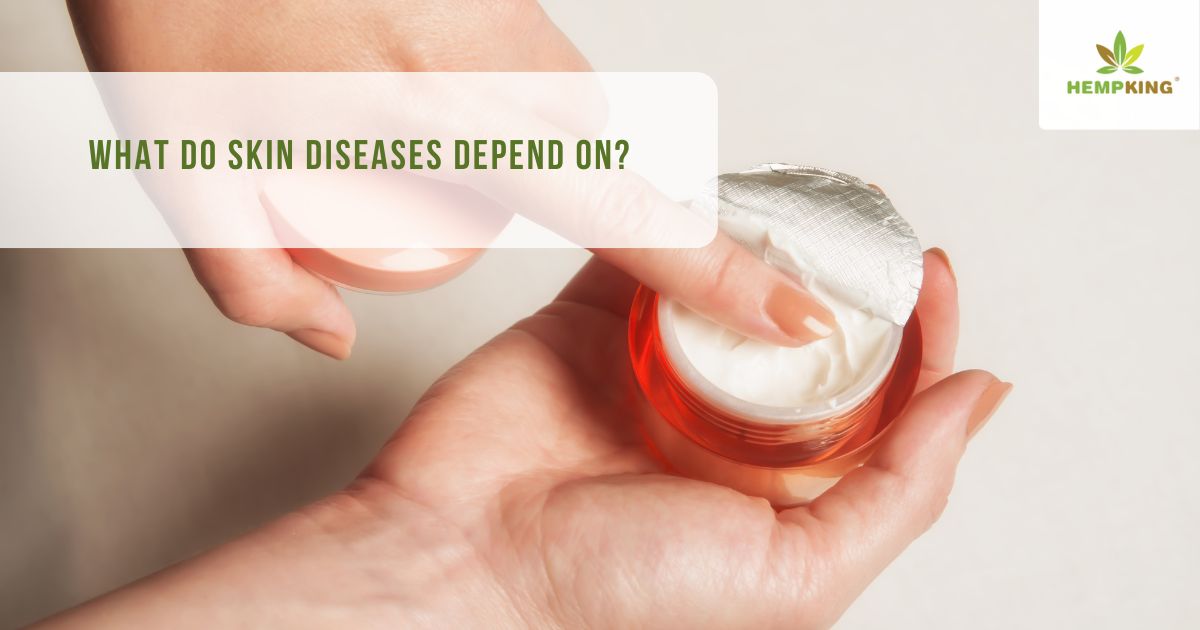


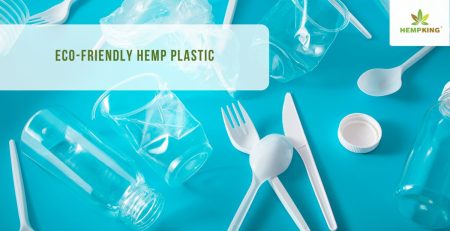

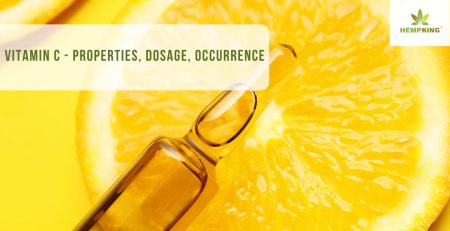


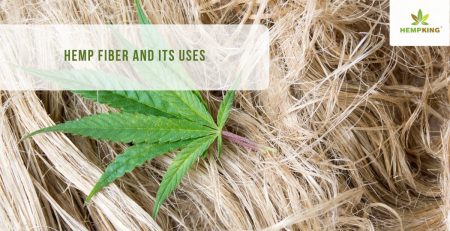
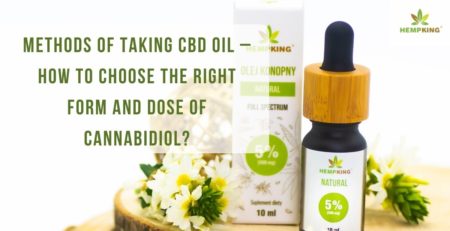
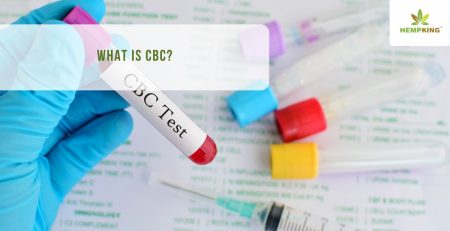

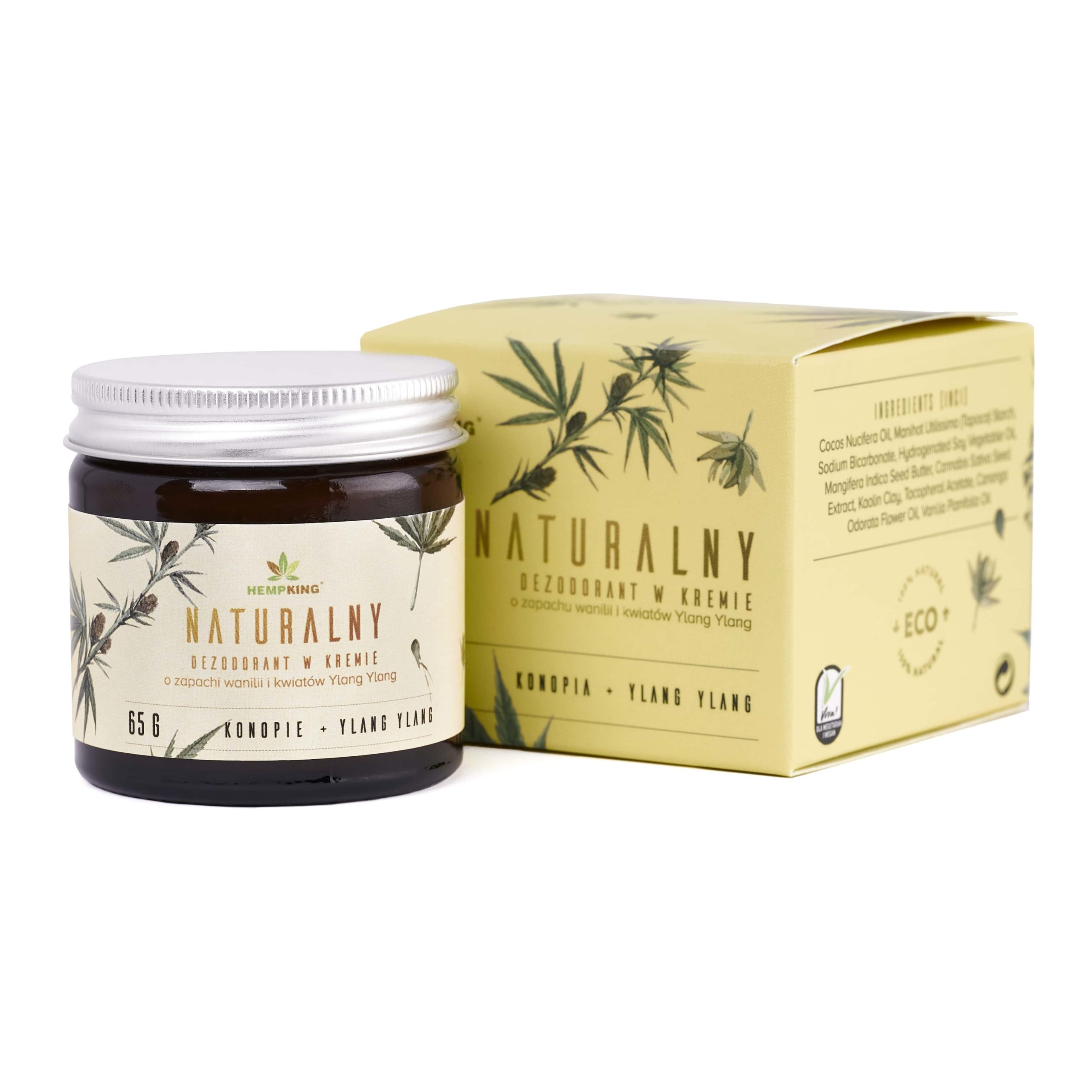
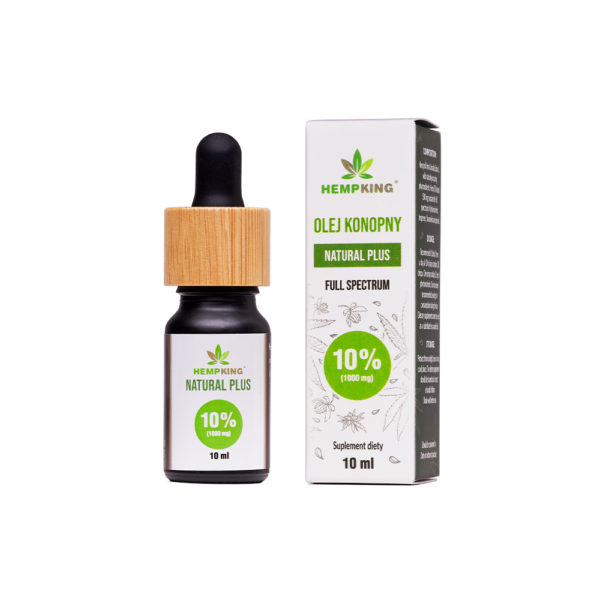
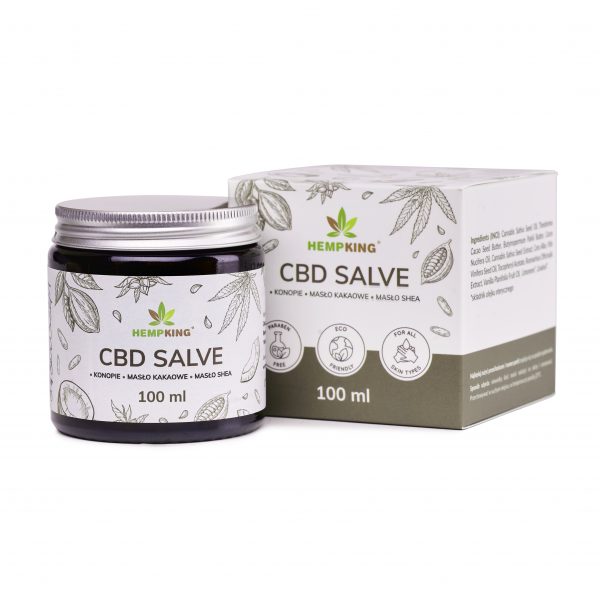
 Facebook
Facebook Instagram
Instagram

Leave a Reply